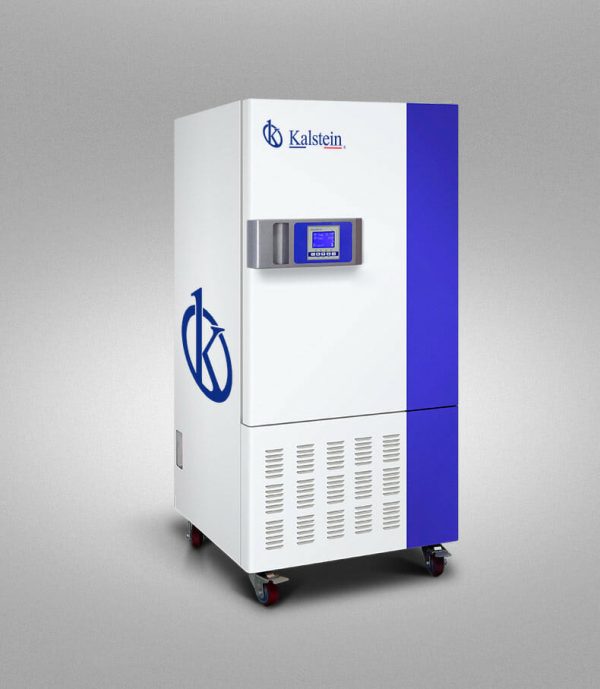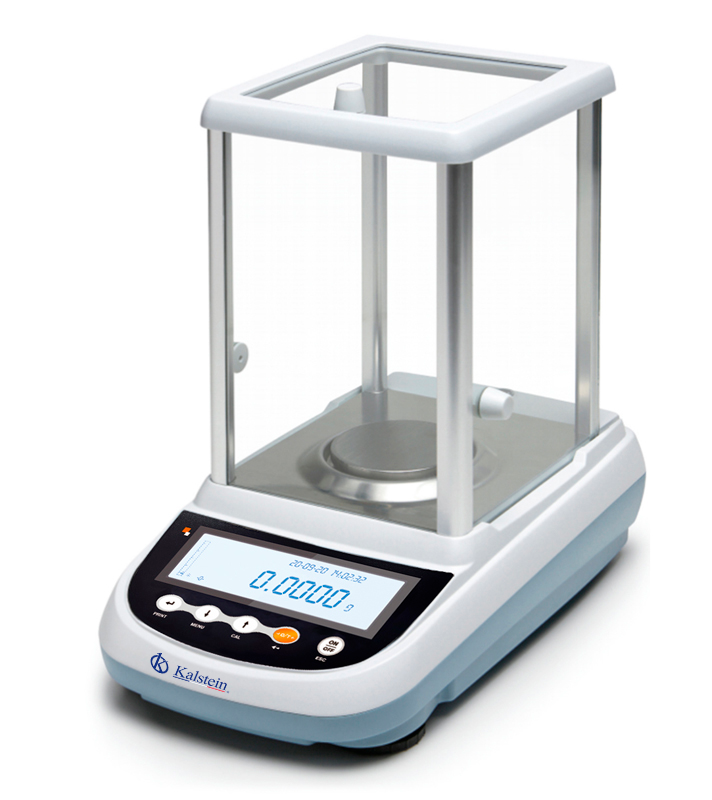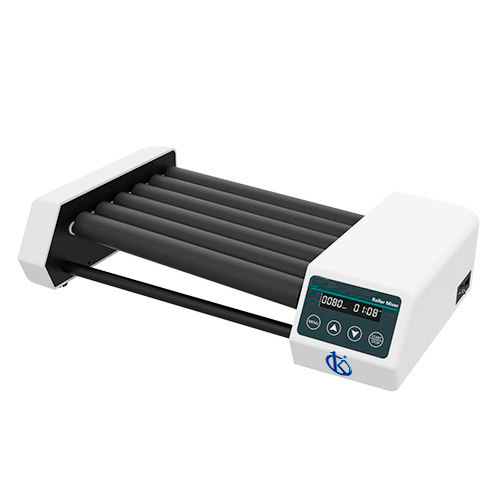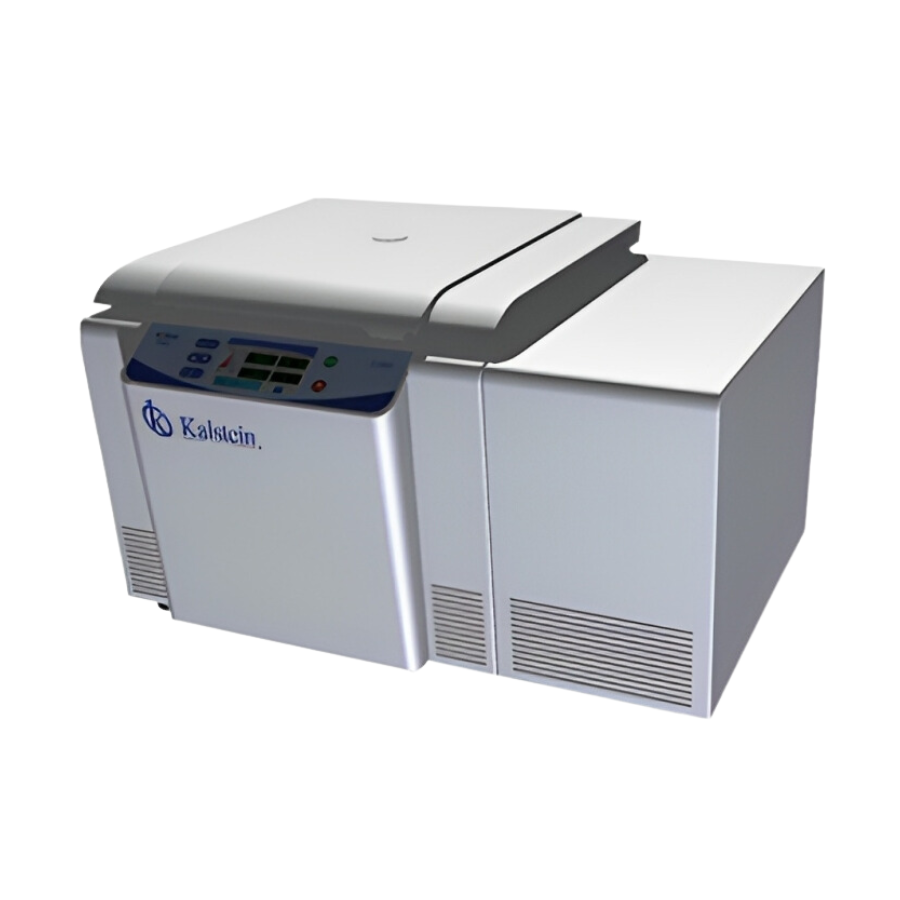The use of climatic chambers in chemical experiments is a useful tool for the isolation of chemicals from external environmental variables; by avoiding the influence of climatic factors, such as temperature, humidity and light, a controlled environment is provided to conduct a chemical experiment.
This generates better results, not only because of the intrinsic benefits of having a consistent environment, but also because it increases productivity by reducing the time spent in preparing results, which translates into cost savings in the long run.
Benefits generated by the use of climatic chambers in chemical experiments
Climatic chambers, also known as climate chambers, can be used to regulate environmental factors and simulate the climate at almost any site, thus enabling the testing of temperature-sensitive materials such as plastics and composites.
The use of these chambers also minimizes variation in material stability, which helps to minimize measurement errors and improve long-term consistency; they are often used in laboratory experiments, especially for the analysis of temperature- and humidity-sensitive chemicals.
The three main uses of climatic chambers in chemical experiments are stabilization of chemical reagents, precise handling of materials, and relative control and monitoring
These chambers can be used to further reduce errors in chemical experiments by standardizing temperature, humidity and light conditions to avoid variability among results.
First, climatic chambers can control temperature within a large enough range to ensure the stability of chemical materials and reagents, often more accurately and efficiently than manual supplies.
This means that heating and cooling of reagents can be performed quickly and accurately, ensuring an optimal environment for the experiment.
By using climatic chambers in chemical experiments, a controlled environment can be maintained for reliable results
In addition, by not being exposed to unexpected temperatures or abrupt changes in humidity, chemical materials in a controlled environment can be manipulated with greater precision; this is especially applicable in situations where temperature-sensitive materials can easily harden or weaken.
Many chemical experiments require precise handling of chemicals for optimal results and the climatic chamber provides a reliable environment to achieve this.
Ultimately, the uses of climatic chambers in chemical experiments include their role in relative control and monitoring
Climatic chambers allow real-time and continuous monitoring of external influencing factors, which facilitates the detection of changes in the environment or even the detection of possible leakage of toxic materials.
Therefore, they not only allow the isolation of climatic factors to ensure better results, but also provide increased safety for laboratory operators; the use of climatic chambers in chemical experiments is an invaluable tool for the precise handling of materials and reagents.
In short; these chambers are commonly used to stabilize reagents, reduce errors and encourage more efficient production; on the safety side, they have the extra advantage of detecting any changes in the environment and preparing laboratory personnel to take appropriate action.
In Kalstein as a MANUFACTURER you can get the best climatic chambers that can be offered in the market
To select and obtain the best climatic chambers just press the following link HERE
Also, we invite you to visit our website HERE to enjoy great deals and unbeatable prices, offering you an effective purchase, since we are MANUFACTURERS.




